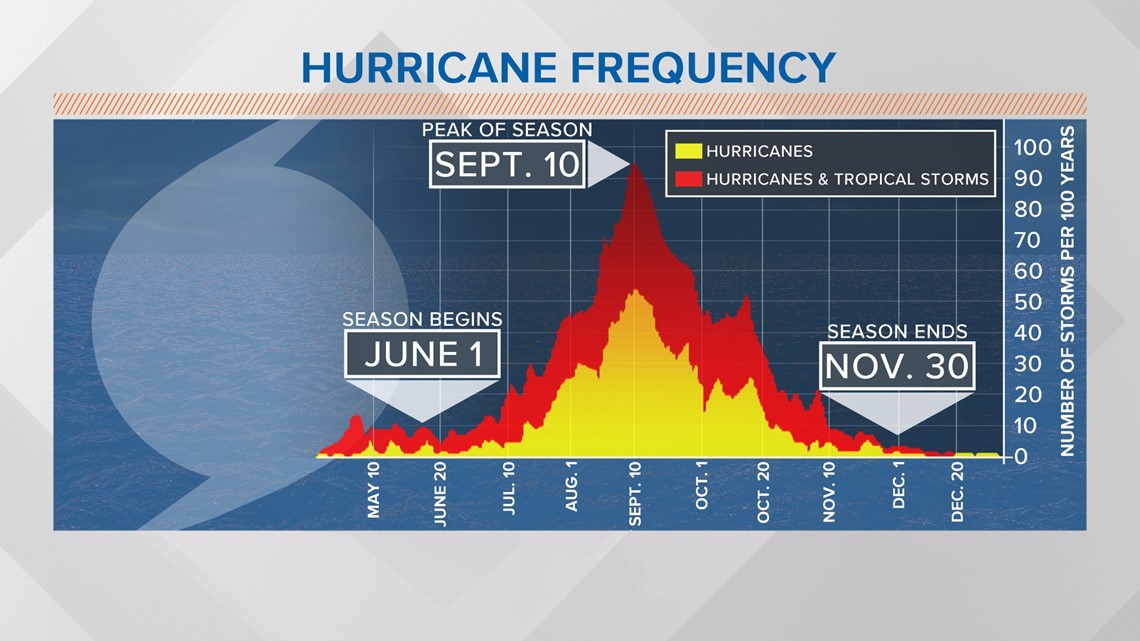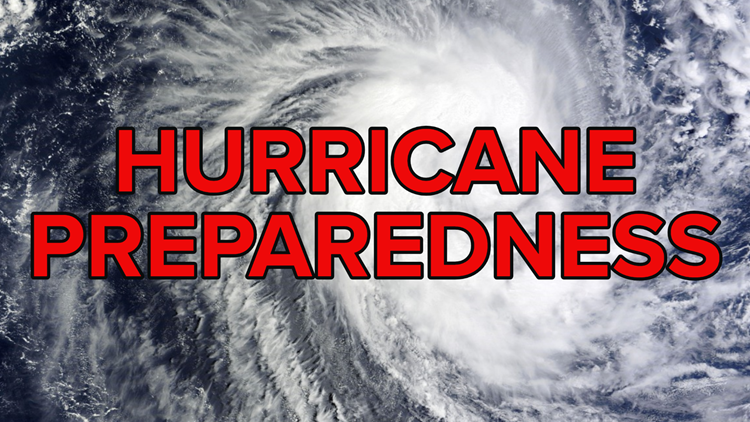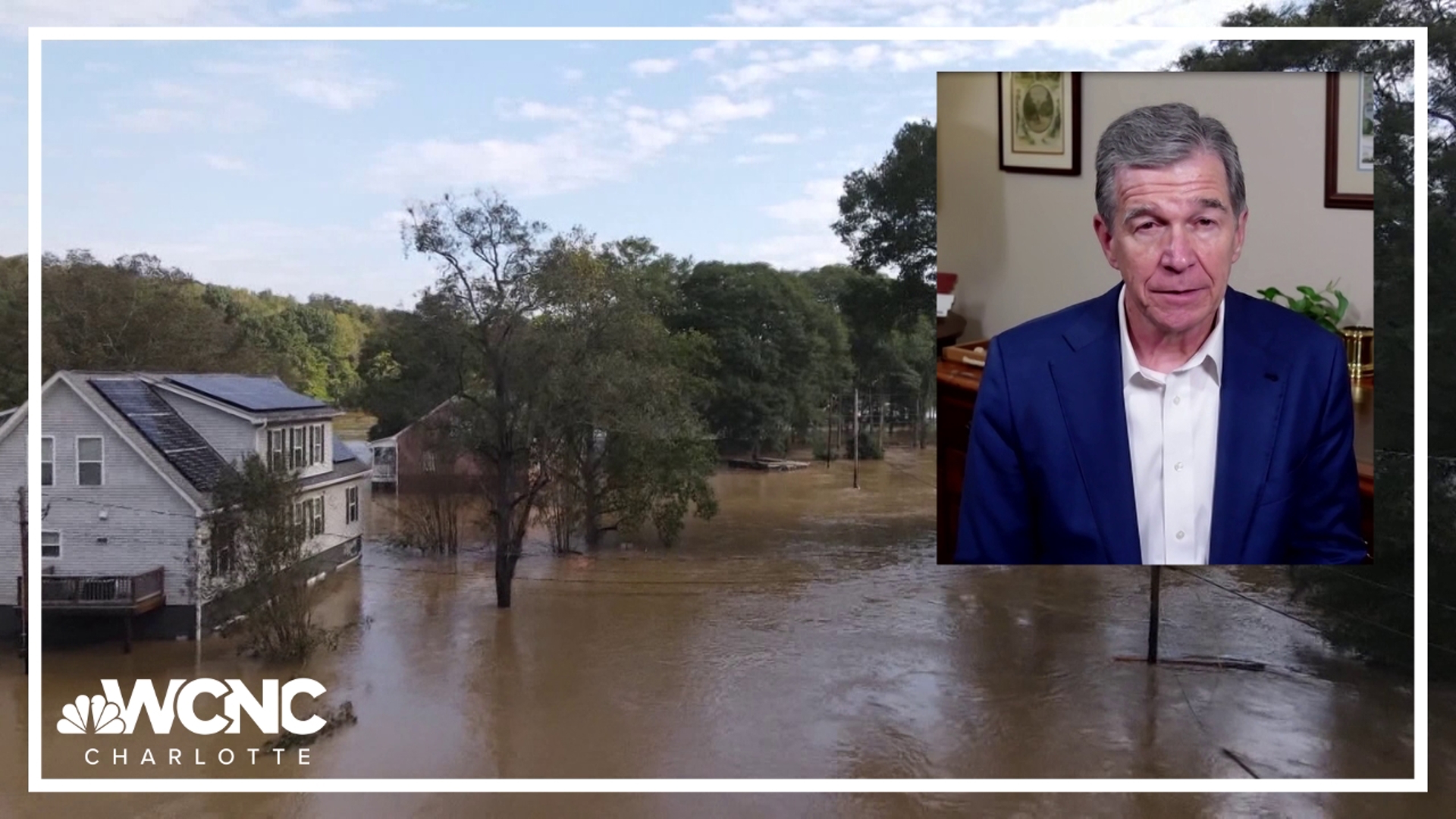South Carolina Governor Henry McMaster met meet virtually with state and local emergency management officials from Horry, Charleston, and Beaufort Counties on hurricane preparedness procedures.
The hurricane season began June 1st and already this year the Atlantic Ocean has seen three named tropical cyclones.
The NOAA's outlook predicts an above-normal season, which officially begins on June 1.
The NOAA predicts there will be 13 to 19 named storms (winds of 39 mph or higher), of which six to 10 could become hurricanes (74 mph or higher). The NOAA forecasts that there could be between three to six major hurricanes (Storms that reach category 3 or above).
Officials across the U.S. South are scrambling to adjust their hurricane plans to the coronavirus. The big unknown: Where will people fleeing storms go?
The Associated Press surveyed more than 70 counties and states from Texas to Virginia, with more than 60% of coastal counties saying as of late May that they're still solidifying plans for public hurricane shelters. They're also altering preparations for dealing with the sick and elderly, protective equipment and cleanup costs.
Most counties surveyed said they're still figuring out shelters.
While that may sound worrisome, it could be beneficial because emergency managers need to update plans as the pandemic changes, University of South Carolina disaster expert Susan Cutter said.
“Disasters are not going to stop for COVID-19,” Brad Kieserman, an American Red Cross executive, told reporters in May. “Hope is not a plan. And we’ve got to plan for tens of thousands of people to evacuate in the face of hurricanes and wildfires and other disasters.”


Some officials acknowledged they aren't as ready for storm season as they were a year ago because of the virus. Others were more confident.
“We feel the current rating of preparedness for Craven County (North Carolina) is 50% or lower as we still have not finalized shelter options,” said Stanley Kite, emergency services director of the county hit by 2018's Hurricane Florence. “Before COVID-19, would have estimated 90%.
Shelters were the most mentioned worry, but comfort levels with other aspects of hurricane preparations varied, reflecting the difference in how states plan for disasters. Having enough staff for shelters is a persistent problem locally and nationally, said Walton County, Florida, emergency management chief Jeff Goldberg.
Protective equipment is the biggest shortfall in several North Carolina counties. Money is always an issue, with counties often waiting for federal reimbursement.



